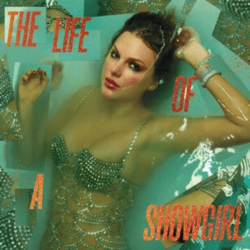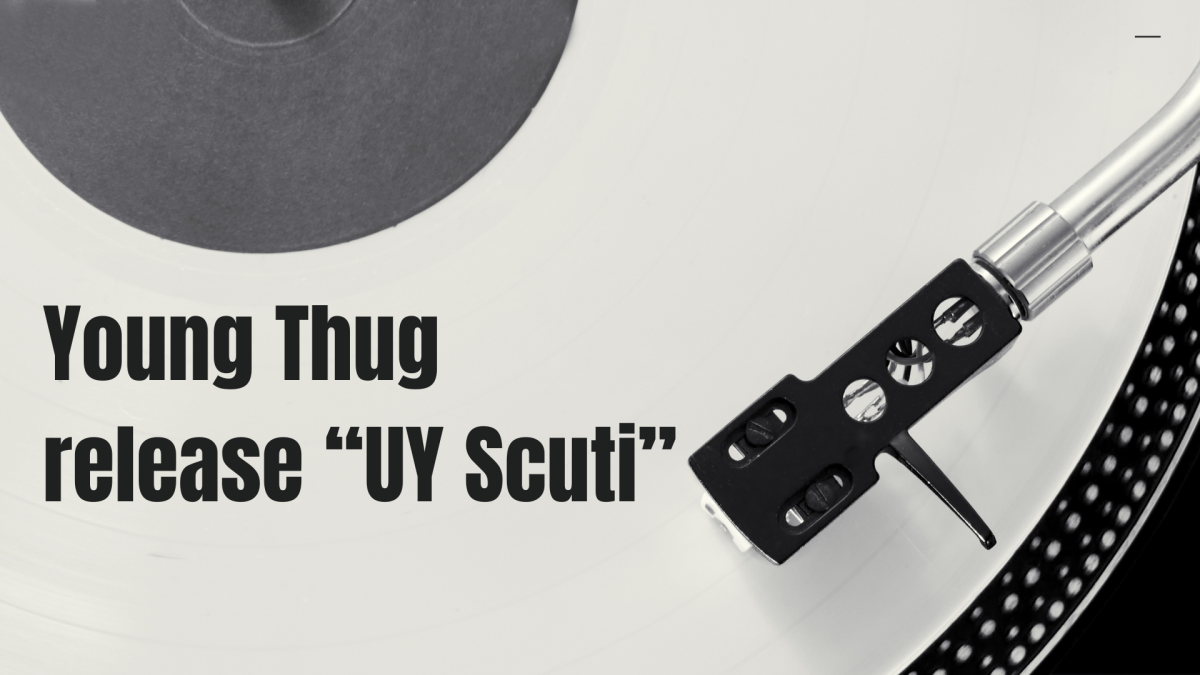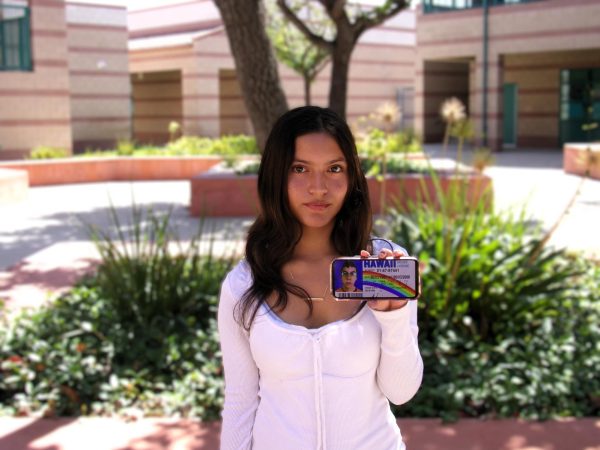Most everyone knows Universal’s iconic 1931 adaptation of “Dracula” starring Bela Lugosi, but what many don’t know is that a Spanish-language version was also released that same year, half an hour longer and considered better than the English version.

Public Domain Photo: Poster for the movie.
Lost for almost 50 years until a copy was discovered in the 70s and a full restoration was completed in the 90s. The film stars Lupita Tavor as the tragic Mina (whose name changed to Eva) and Carlos Villiaras as the undead count. Due to his ¨uncanny” resemblance to Bela Lugosi, the cast and crew would shoot at night after the English members, with a budget of only $66,000. Lupita Tavor recalled they used the same sets and even the same “markings” on where the English cast was meant to stand in a certain scene. The director of this version (George Melford) would sometimes stay to watch the American cast and say, “I could make that better,” and he did, by adding scenes that had later been deleted in the American version, making better use of the sets, and making scenes more dramatic/scary. It wasn’t uncommon for studios during this time to remake a popular film of theirs in another language so that it could also become popular in foreign countries, it was just called a “multiple language version.”
Both versions start the same, with Renfield (Dwight Frye/Pablo Alvarez Rubio) visiting the Count to sell him Carfax Abbey. Then he gets bitten by Dracula, but in the Spanish version, due to the homoerotic subtext in Browning´s version, he is bitten by the three wives. They travel to London where Renfielf is put into a mental institution after being accused of killing the men aboard the Vesta. Meanwhile, the Count meets Eva, and in this version her husband Juan (Barry Norton) and friend Lucia (Carmen Guerrero). Later in her room, Lucia gets bitten by the count, and here begins his rapture amongst London. Not much concern happens in both Versions until Eva/Mina gets bit.

Public Domain Photo: Carlos Villarias and Lupita Tavor in Dracula.
Eva describes what happened to her the night Dracula came into her room, but instead, she and everyone believe it was solely a nightmare, however, Van Helsing (Eduardo Arozamena) begs to differ with his knowledge of the supernatural, asking to see her neck. The Count appears in the same scene and here the audience can see her connection with him. The Spanish version can also be considered better due to its flow/pace, Browning had been used to working in silent pictures so some scenes feel slow, meanwhile, the Spanish version, as stated above has a better pace, and cinematography. The overall atmosphere and acting in this film have been considered to be better.








